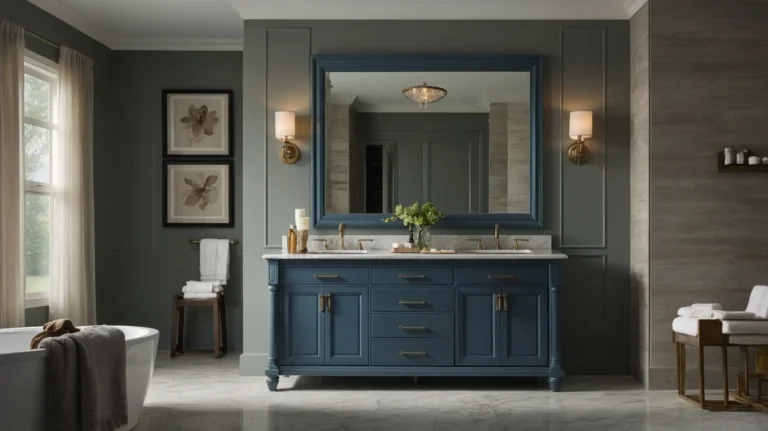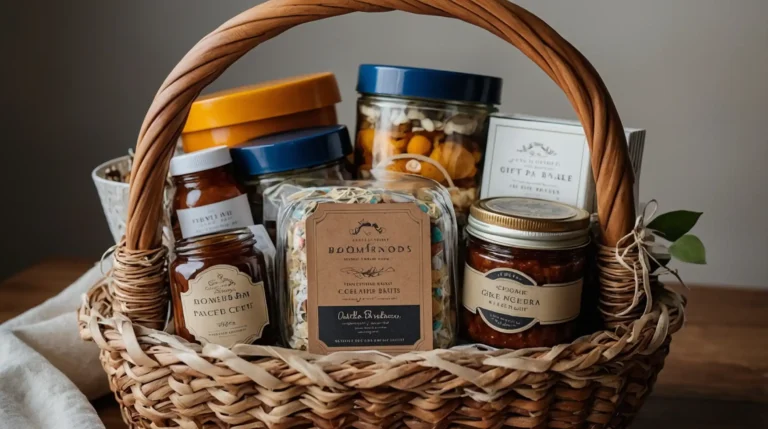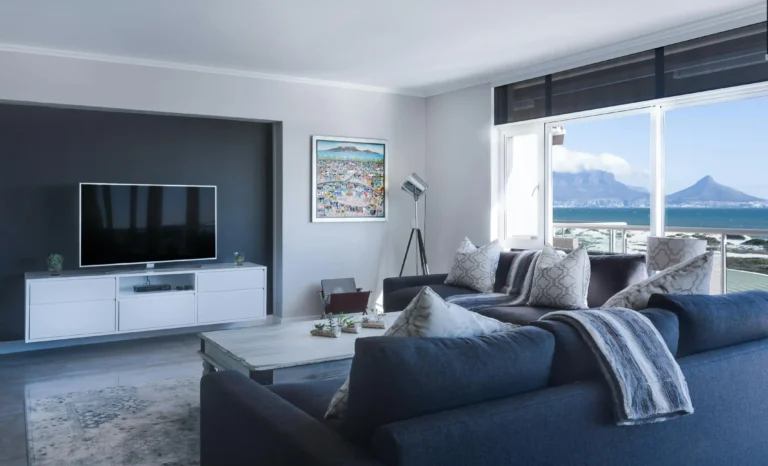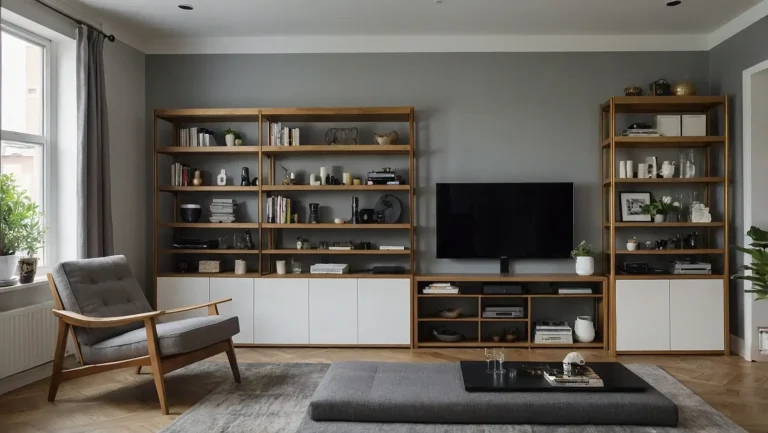Styling Tips: Mixing Modern and Vintage Décor Seamlessly
You’ve probably scrolled through countless interior design photos wondering how some people effortlessly blend sleek modern pieces with charming vintage finds. The secret isn’t magic—it’s strategy.
Mixing modern and vintage décor creates spaces that feel both timeless and fresh. You get the best of both worlds: contemporary functionality with historical character.
When you master this balance, your home tells a unique story that reflects your personality while maintaining visual harmony.
Start with a Neutral Foundation

Your walls and floors serve as the canvas for your design masterpiece. Whites, grays, beiges, and soft earth tones work beautifully as backdrops.
Choose neutral colors that allow both modern and vintage pieces to shine without competing for attention.
You don’t want your wall color dictating which era your furniture represents. You’re creating a foundation that supports your design choices rather than limiting them.
A crisp white wall can showcase a mid-century modern chair just as effectively as a Victorian armoire.
This neutral approach gives you flexibility to switch out pieces over time without repainting.
Consider your flooring carefully too. Hardwood floors work with virtually any design era, while neutral tiles or carpeting can bridge the gap between different time periods.
Follow the 80/20 Rule
Professional designers often use the 80/20 rule when mixing styles. Choose one era to dominate your space (80%) and use the other as an accent (20%).
This prevents your room from looking like a confused museum display. If you lean heavily modern, incorporate vintage pieces as statement accents.
A single antique mirror in a contemporary living room creates intrigue without overwhelming the space. You’re adding personality while maintaining cohesion.
Alternatively, if vintage pieces form your foundation, sprinkle in modern elements for freshness.
A sleek contemporary coffee table can ground a room filled with traditional furniture. You’re updating the space without losing its historical charm.
This rule helps you avoid the common mistake of trying to split everything 50/50, which often results in visual chaos.
Create Visual Bridges Through Color
Color serves as your most powerful tool for unifying different design eras. You’re not looking for exact color matches—variations in shade and tone add interest.
You can make a Victorian settee and a modern bookshelf feel like perfect companions by connecting them through a shared color palette.
Pick two or three colors that appear throughout your space in various intensities. Maybe you choose navy blue, warm brass, and cream.
Your modern lamp might feature brass accents, while your vintage rug incorporates navy and cream patterns.
A deep navy velvet vintage chair pairs beautifully with a modern navy accent wall, even if the blues aren’t identical.
Repeat these colors in artwork, pillows, throws, and accessories. This repetition creates rhythm and flow that guides the eye naturally around the room.
Mix Textures and Materials Thoughtfully
Different eras often showcase distinct materials and textures. You can create harmony by thoughtfully combining these elements rather than segregating them by time period.
Pair the smooth chrome of modern furniture with the rich grain of vintage wood pieces. The contrast highlights the beauty of both materials.
A sleek glass dining table gains warmth when surrounded by antique wooden chairs. Consider mixing metals too, but do so with intention.
Brass from vintage pieces can complement the stainless steel of modern appliances when you maintain consistent proportions and don’t overwhelm the space.
A modern sofa becomes more inviting with vintage-inspired throw pillows, while antique furniture gains contemporary relevance with updated upholstery in current fabrics.
Textiles offer another opportunity for blending. You’re creating layers of visual and tactile interest that make your space more engaging to experience.
Scale and Proportion Matter
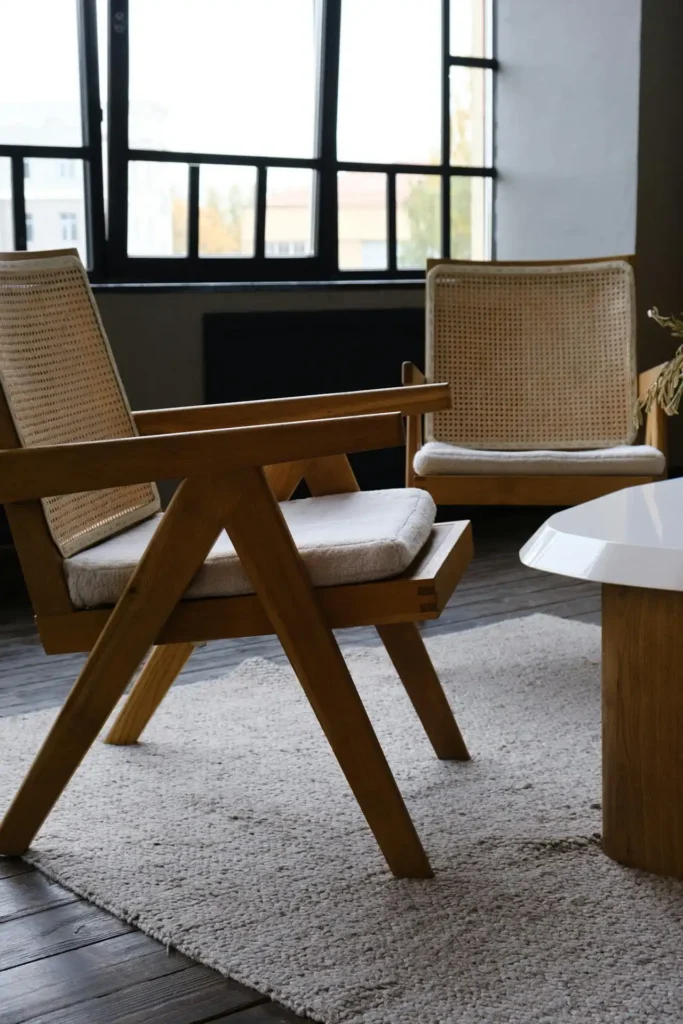
Pay attention to the scale relationships between your modern and vintage pieces. You’re creating balance rather than competition.
You want them to feel like they belong in the same conversation, not like they’re shouting over each other.
A massive vintage armoire can overwhelm delicate modern accent pieces. Instead, pair it with substantial contemporary furniture that matches its visual weight.
Similarly, don’t let tiny vintage accessories get lost among bold modern statement pieces.
Group smaller items together to create visual impact, or choose larger vintage elements that can hold their own.
Consider the proportions of your room too. Lower ceilings might benefit from mixing lower-profile pieces from both eras.
High ceilings can handle both tall vintage bookcases and modern floor-to-ceiling windows.
Use Lighting to Unify Different Eras
Lighting can make or break your modern-vintage mix. Consider updating vintage light fixtures with modern bulbs and dimmers.
You need a combination of ambient, task, and accent lighting that serves both your contemporary lifestyle needs and showcases your vintage treasures.
Layer different types of lighting throughout your space. A modern ceiling fixture can provide general illumination while vintage table lamps add warmth and character.
You’re creating a lighting scheme that functions beautifully while honoring both design philosophies. Use lighting to highlight the features you want to emphasize.
This gives you the charm of antique fixtures with contemporary functionality. You’re respecting the past while embracing current technology.
Accent lighting can draw attention to a beautiful vintage painting, while task lighting makes your modern workspace functional.
Embrace Imperfection and Patina
One of vintage décor’s greatest charms lies in its imperfections and patina. Don’t try to make everything look brand new.
These signs of age and use add authenticity and character that perfectly complement sleek modern pieces.
A worn leather vintage chair tells a story that a pristine modern replica simply cannot. You’re celebrating the history and craftsmanship that comes with age.
These imperfections create conversation starters and add soul to your space.
Modern pieces, with their clean lines and perfect finishes, actually benefit from being paired with weathered vintage elements.
The contrast makes both styles more interesting and prevents your space from feeling sterile or showroom-perfect.
Learn to see patina, scratches, and wear as features rather than flaws. You’re curating a space with depth and character.
Create Focal Points with Statement Pieces
Every successful room needs focal points that draw the eye and anchor the design. Choose statement pieces that you genuinely love, regardless of their era.
You can create these focal points using either modern or vintage statement pieces, depending on your overall design direction.
A stunning vintage chandelier can serve as the centerpiece in a modern dining room.
Its ornate details become even more striking against contemporary furniture and clean architectural lines. You’re creating drama and visual interest.
Alternatively, a bold modern artwork can energize a room filled with traditional vintage furniture.
The contemporary piece prevents the space from feeling stuck in the past while honoring its historical elements.
Your enthusiasm for these items will shine through and make your design choices feel authentic and intentional.
Don’t Forget About Functionality
While aesthetics matter enormously, you still need your space to function for your modern lifestyle.
Vintage pieces often require updates or modifications to meet contemporary needs. Think about traffic flow too.
You might love a vintage desk, but does it accommodate your laptop and charging needs?
Consider discrete modifications or additions that preserve the piece’s character while adding functionality.
Modern storage solutions can hide behind vintage facades. A beautiful antique cabinet might house your modern entertainment system, giving you the best of both worlds.
Arrange your furniture—both modern and vintage—to support how you actually live in your space. You’re creating a home, not a museum display.
Start Small and Build Confidence
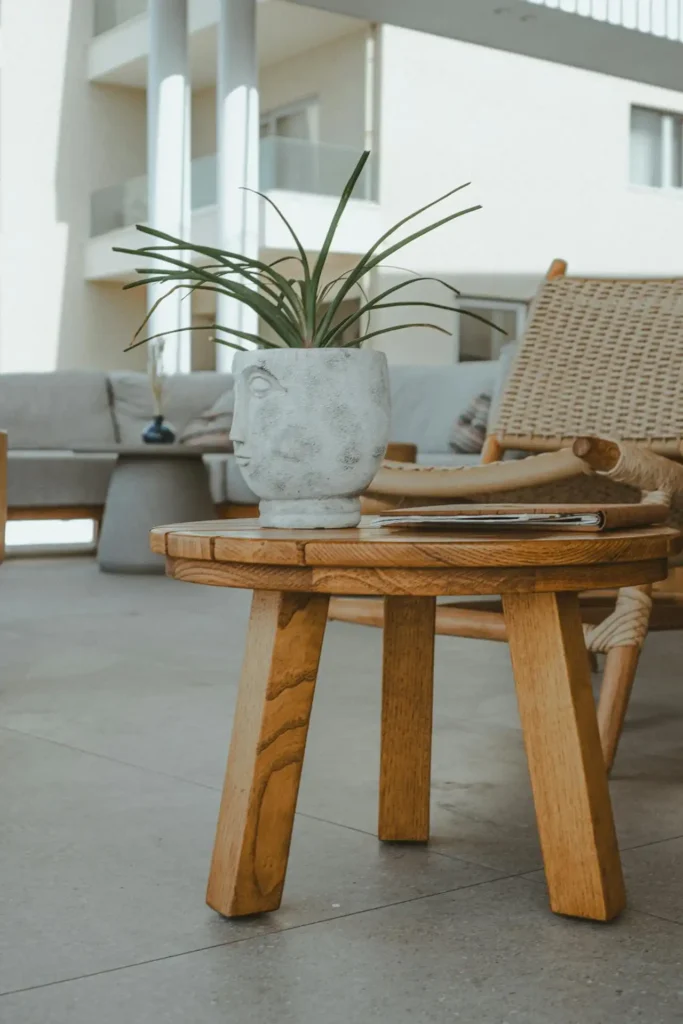
If you’re new to mixing modern and vintage décor, start with small accessories and gradually work up to larger pieces.
This approach lets you experiment and learn what works in your space without major financial commitments.
Begin with vintage books, small decorative objects, or artwork paired with your existing modern furniture.
You’ll quickly develop an eye for what combinations feel right and which ones don’t quite work.
As you gain confidence, introduce larger vintage pieces or invest in modern updates to your traditional furniture.
You’re building your design skills while creating a space you love. Allow your space to evolve as you discover new pieces and refine your style.
Remember that successful decorating happens over time. You don’t need to achieve perfection immediately.
Trust Your Instincts
While guidelines help, your personal taste ultimately determines what works in your space. You live in your home every day, so your comfort and happiness matter most.
If you love a particular combination of pieces, trust that instinct even if it breaks conventional rules.
The most beautiful spaces often result from confident, personal choices rather than strict adherence to design formulas.
Pay attention to how different combinations make you feel. Do certain pairings energize you or make you feel calm?
Do others create visual tension that feels exciting or uncomfortable? You’re developing your design intuition.
Your space should reflect your personality and support your lifestyle. Use these guidelines as starting points, but don’t let them override your personal preferences and needs.
Conclusion
Successfully mixing modern and vintage décor creates spaces with character, personality, and timeless appeal.
You’re crafting a home that honors the past while embracing the present.


